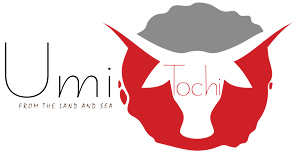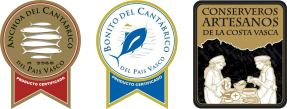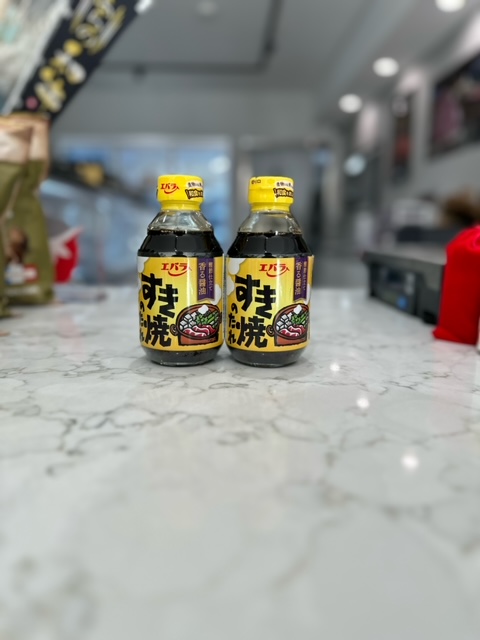Description
Cantabrian White Anchovy fillets in extra virgin olive oil and vinegar. Anchovy fillets can be added to salads, used in roasting lamb or simply eaten on toasted bread. Imported from Spain.
Nardin
From the beginning of Conservas Nardín, they were clear that their growth was going to be sustained and limited to what the Cantabrian Sea would give them, respecting sustainable fishing and working exclusively with boats that use this type of gear and with the highest quality raw materials, captured exclusively in the campaign season. This has been the case, up to the point where when they closed the fishing grounds of the Cantabrian Sea for 5 years, they did not commercialize Nardín. During that period they created and developed La Getariana, a second brand with fishing from other seas, such as the Mediterranean.
Since the beginning of Nardín they have always been committed to artisanal, traditional and sustainable fishing , working with the best raw material that we obtain season after season. In this way, they assure to maintain the balance in the marine ecosystem, helping our seas to recover until next year when the new campaigns begin.
The art to fish the verdel or mackerel and anchovy is the fence . This technique is used to catch fish that form dense schools on the sea surface. When the fish are on the surface, the bag is closed at the bottom and they are brought alive on board. Once on board, they are quickly placed in boxes and kept with a layer of ice until they arrive at the port where they will be auctioned.
As for the tuna, they are fished by rod one by one . During spring, tuna moves from deep water to surface water, forming large banks. The tuna campaign occurs during the months of July to October, and although there are several types of way to catch it, traditional fishing is the most environmentally friendly and also the most artisanal. The tuna is fished one by one. In Nardín we only select specimens that have been captured with this method.
Once the fishing skipper spots a school of tuna, the crew take up positions with their rods and activate a water jet mechanism across the side of the boat that prevents the animal from seeing the rods. At the same time, the commissioned “primer” releases quantities of bait into the sea, consisting of anchovies or chicharrillos, to attract the bank of tuna. Later, the rod is used and they throw the line with anchovies attached to the hook so that it bites. Once hooked, the animal is pulled with great force and with the help of a hook it is put on board. With an accurate blow, the tuna is neutralized and then it is deposited in the ship’s refrigerator with a lot of ice until it reaches land where it will be auctioned.







